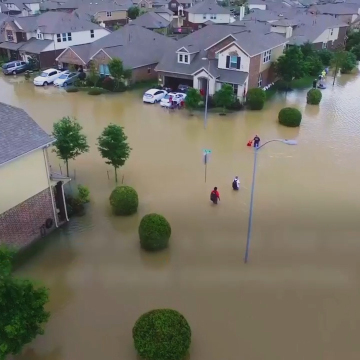Engaging the public to rescue information from eroding and destroyed coastal archaeological sites
The vulnerability of coastal heritage is increasingly coming into focus. Hundreds of archaeological sites on the European Atlantic are threatened by destruction as a result of the combined effect of sea-level rise, coastal environment dynamics and human activity. In the northwest of the Iberian Peninsula, the islet of Guidoiro Areoso (Ría de Arousa, Pontevedra) is a good example of this situation. A number of archaeological sites, including several Neolithic and Bronze Age funerary monuments and a Bronze Age paleosoil, are suffering from quick erosion. Two of them, a megalithic chamber (known as “Mound 5”) and a Bronze age cist, have recently been destroyed. Local citizens and associations were among the first in warning about the worrying situation of the islet’s natural and cultural heritage. Facing this situation, the “Guidoiro Dixital”, Digital Guidoiro initiative was spearheaded to catalogue images and video records of Guidoiro Areoso from private archives, to integrate them into a wider monitoring analysis (3D modelling), to engage in a dialogue with local communities and to regularly provide them with information on the advances and results of the project. “Guidoiro Dixital” has been disseminated in a number of ways. In this presentation summarizes the main results of the initiative, and discusses why this approach is essential to bring together researchers, heritage managers and the public.




